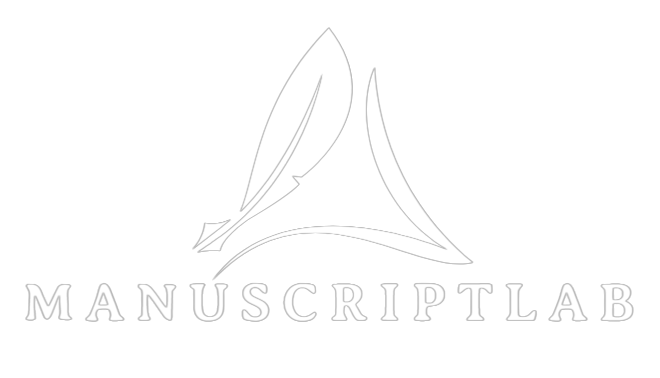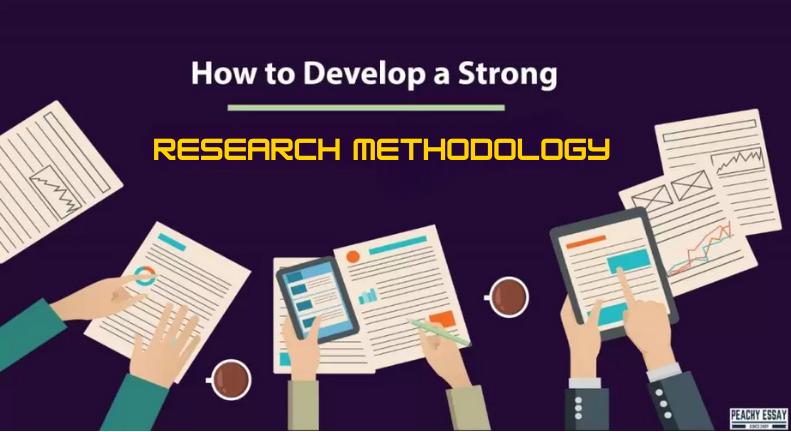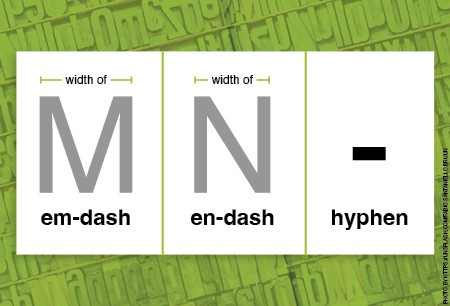Writing a clear and concise abstract is a skill of most importance for academics, researchers, and students alike. An abstract is often the first, and sometimes the only, part of a research paper that is read by others. It serves as a window into your research, summarizing the main points, objectives, methodology, and conclusions. The ability to write a well-structured and informative abstract can significantly impact the visibility and reception of your research.
The Role of an Abstract
An abstract serves multiple purposes: it provides a summary of the research paper, it helps readers decide whether to read the full paper, and it assists in the indexing and retrieval of the research in databases. Because of its critical importance, the abstract needs to be written with care to concisely summarize the main findings of the study.This requires a balance between brevity and comprehensiveness—a challenging task that demands a deep understanding of the subject matter and the ability to distill complex ideas into clear and concise language.
Understanding the Structure of an Abstract
An effective abstract typically adheres to a structured format that mirrors the organization of the research paper itself. While the exact structure may vary depending on the field of study or the specific guidelines of a journal or conference, most abstracts contain the following elements:
Introduction and Background:
This section provides context for the research, outlining the problem or research question addressed by the study. It should be brief, usually one or two sentences, and should establish the relevance and significance of the research.
Objective:
The objective or purpose of the research is clearly stated, often in one concise sentence. This is a crucial part of the abstract as it informs the reader about the main focus of the study.
Methodology:
This section summarizes the research methods used to conduct the study. It should be specific enough to give the reader an understanding of the approach, yet concise enough to fit within the limited space of an abstract.
Results:
The results section presents the key findings of the study. This is often the most detailed part of the abstract, as it conveys the main outcomes of the research.
Conclusion:
The conclusion summarizes the implications of the findings, highlighting the significance of the results and how they contribute to the field. It may also suggest potential areas for future research.

Clarity and Brevity
One of the most significant challenges in writing an abstract is achieving clarity while maintaining brevity. An abstract must convey complex ideas in a limited number of words, typically between 150 to 250 words depending on the publication or conference guidelines. This word limit requires the writer to be selective about the information included, focusing on the most critical aspects of the research.
1. Avoid Unnecessary Jargon
Academic writing often involves specialized terminology and jargon, which, while appropriate in the main body of a research paper, can hinder clarity in an abstract. The abstract should be understandable to a broader audience, including those who may not be experts in the specific field. Therefore, it is essential to minimize the use of technical jargon or, if necessary, provide brief explanations of key terms. According to research published in Science Communication, jargon-heavy abstracts can alienate readers and reduce the impact of the research (Dingemanse et al., 2019).
2. Use Active Voice
Using active voice in an abstract can enhance clarity and readability. Active voice makes sentences more direct and vigorous, which can help to convey the research findings more effectively. For example, instead of writing “The study was conducted to investigate,” it is more concise and direct to say “We investigated.” This approach not only reduces word count but also creates a more engaging narrative.
3. Prioritize Essential Information
Given the word constraints, it is crucial to prioritize the information presented in the abstract. Focus on the most important aspects of the study: the main research question, the methodology, the key findings, and the implications of the research. Any background information that is not directly relevant to understanding these elements should be omitted or minimized. This prioritization ensures that the abstract is both informative and concise, providing readers with a clear understanding of the research without overwhelming them with details.
4. Revise and Edit for Precision
Writing a clear and concise abstract often requires multiple drafts. After writing the initial draft, take the time to revise and edit for precision. Each word in the abstract should serve a purpose and eliminate any redundant phrases, unnecessary details, or vague language. Consider the following example: instead of saying “The results of the study suggest that there may be a potential correlation,” a more precise and concise version would be “The results indicate a correlation.” This revision process is crucial for honing the abstract and ensuring that it communicates the research effectively within the word limit.
Adapting the Abstract to the Audience
Understanding the target audience is essential when writing an abstract. Different audiences may have varying levels of familiarity with the topic, and the abstract should be framed accordingly. For example, an abstract written for a specialized academic journal may assume a higher level of background knowledge, allowing for more technical language and concepts. Conversely, an abstract intended for a broader audience, such as a multidisciplinary conference or a general science magazine, should be more accessible, avoiding overly technical language and providing sufficient context.
1. Consider the Publication’s Guidelines
Most academic journals and conferences provide specific guidelines for abstract submissions, including word limits, structure, and content requirements. It is essential to carefully review and adhere to these guidelines to ensure that the abstract meets the expectations of the publication or conference organizers. Failure to follow these guidelines can result in the abstract being rejected or overlooked.
2. Highlight the Differences and Relevance of the Research
In addition to summarizing the research, the abstract should emphasize the novelty and relevance of the study. What sets this research apart from previous work in the field? What new insights or contributions does it offer? Highlighting these aspects can capture the attention of readers and reviewers, increasing the likelihood that they will engage with the full paper.
3. Avoid Common Pitfalls
Several common pitfalls can undermine the effectiveness of an abstract. One such pitfall is the inclusion of too much background information, which can detract from the focus on the research itself. Another is the use of vague or ambiguous language that fails to clearly convey the study’s findings or significance. Finally, some authors make the mistake of including information in the abstract that is not present in the main body of the paper. This can create confusion and diminish the credibility of the research.
Practical Implications and Current Debates
The importance of clear and concise abstracts extends beyond academic publishing. In an era of information overload, where researchers and professionals are bombarded with a constant stream of new publications, a perfect abstract can make the difference between a paper being read or ignored. Moreover, with the rise of digital databases and search engines, the abstract plays a critical role in determining how easily a paper can be found and accessed by others.
There is also an ongoing debate in the academic community about the use of structured versus unstructured abstracts. Structured abstracts, which are divided into specific sections such as “Background,” “Methods,” “Results,” and “Conclusions,” are increasingly favored in many fields, particularly in the health and social sciences. Research suggests that structured abstracts improve the clarity and comprehensiveness of the information presented, making it easier for readers to quickly grasp the key points (Hartley, 2012). However, some argue that this format may be too rigid for certain types of research, particularly in the humanities, where a more narrative approach may be preferred.
Conclusion
Writing a clear and concise abstract is both an art and a science. It requires not only a deep understanding of the research but also the ability to communicate that research effectively in a limited space. By adhering to a structured format, prioritizing essential information, and tailoring the language to the target audience, authors can craft abstracts that are both informative and engaging. Moreover, by avoiding common pitfalls and revising for precision, they can ensure that their abstracts accurately represent their research and make a strong impact in the academic community.












